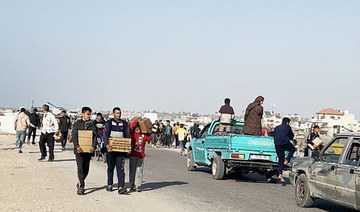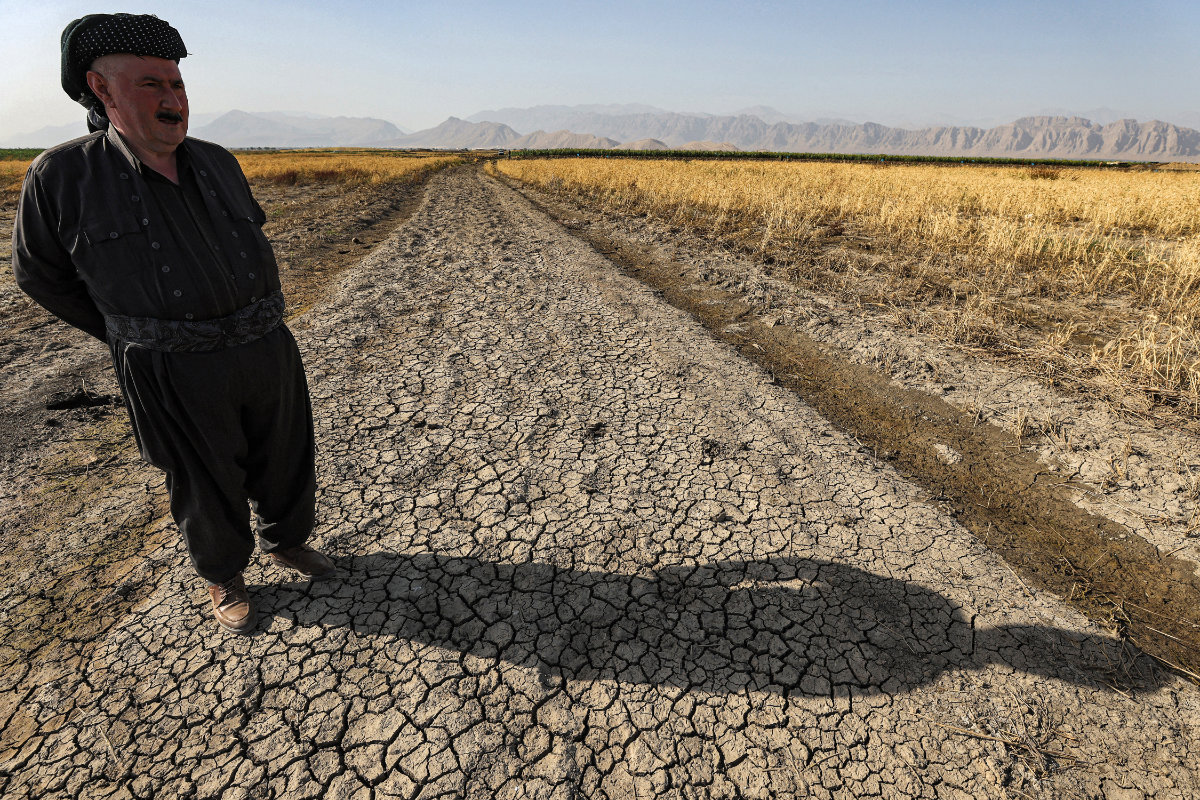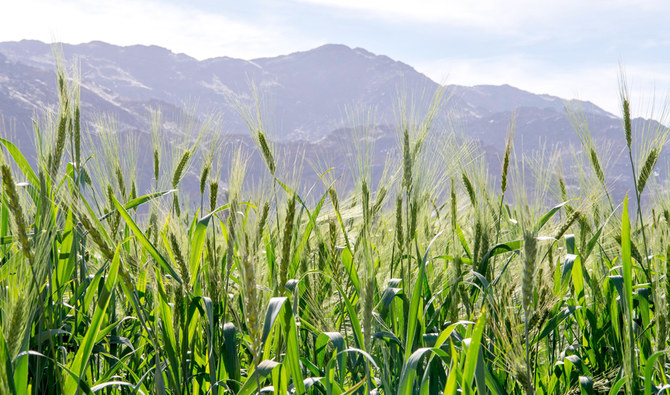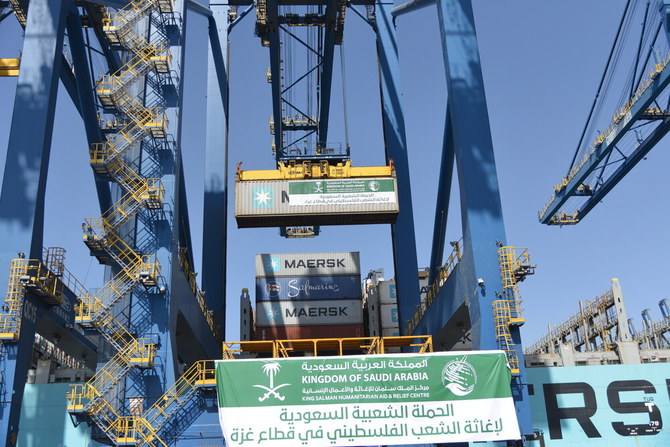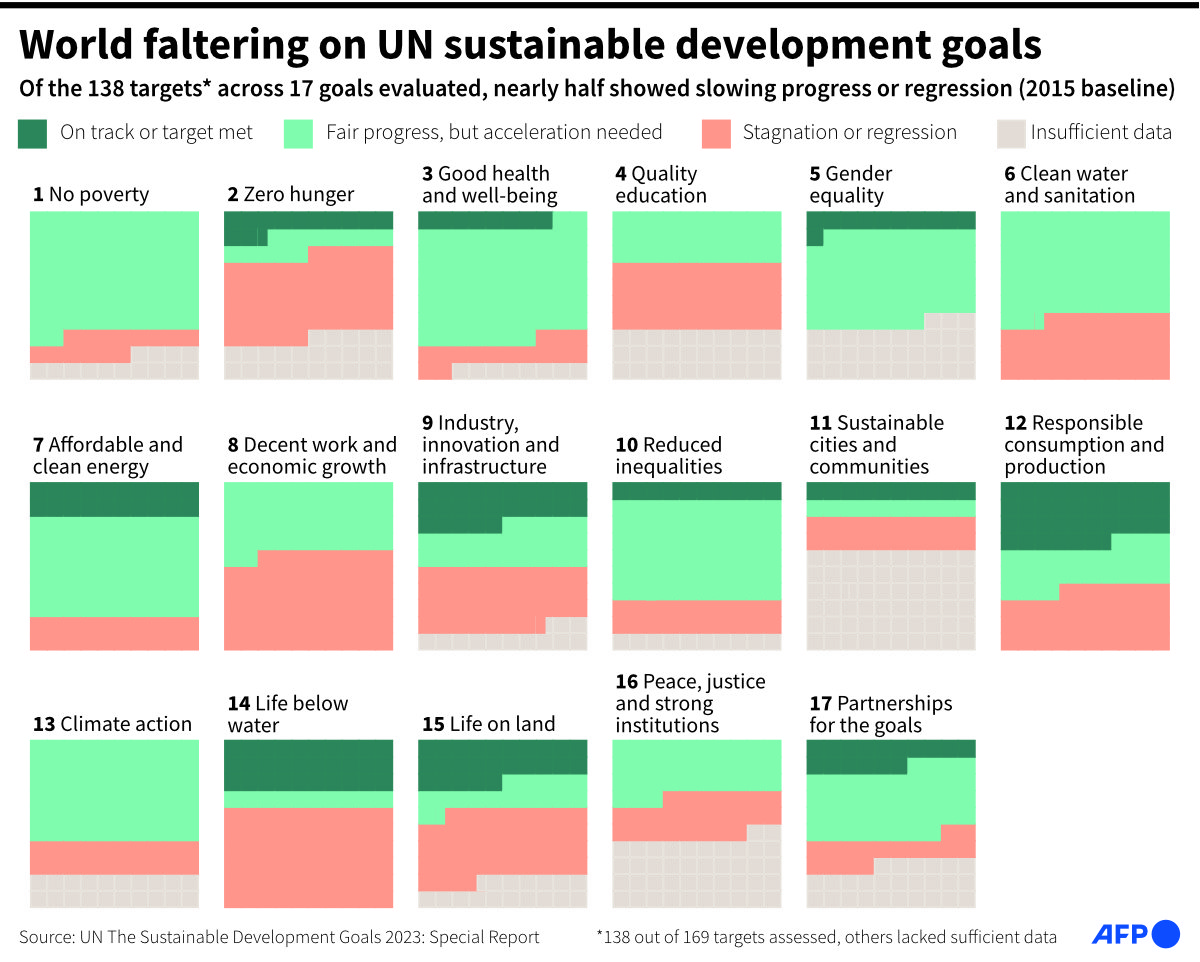GENEVA, Jerusalem: Crowds of men ran through rubble-strewn Gaza City streets past fires and bullet-riddled cars in hope of reaching a rare aid convoy, risking their lives to get food for starving families as famine looms five months into Israel’s military campaign.
Aid delivery in the Palestinian enclave has collapsed, with only a fraction of the food needed getting in and very little reaching the northern areas where hospitals say children have started dying of malnutrition.
Last week the Palestinian Health Ministry in Hamas-run Gaza said Israeli forces killed 118 people trying to get aid from a convoy near Gaza City with survivors saying they were shot at. Israel said most of those killed were trampled or run over during a panic.
The deaths drew a new focus on what has gone wrong with aid in Gaza, where the UN complains of “overwhelming obstacles,” while Israel says it is doing all it can and that the UN is ultimately responsible for delivery.
famine“Is there a father in the world who can see his children writhing in hunger in front of him and remain silent, even if the price is risking his life?” said Ahmed Al-Talbani, looking for the aid in Gaza City, shouting and gesticulating as he spoke in a video obtained.
“Trucks have crushed people, tanks crushed people, shells rained down on people, machine guns were fired over people’s heads. Does this satisfy anyone,” he said.
Despite hunger approaching catastrophic levels in parts of Gaza, and large quantities of aid sitting waiting in warehouses to be delivered, the flow of supplies has slowed to a trickle.
Before the conflict, Gaza relied on 500 trucks entering daily. The Palestinian refugee agency UNRWA said on Friday that during February an average of nearly 97 trucks were able to enter Gaza each day, compared with about 150 a day in January.
One big problem is insecurity inside Gaza, as five months of war have destroyed many of the institutions that underpinned social order in the enclave.
Some convoys have been seized by people seeking food, and any convoys moving into northern Gaza require Israeli coordination for safe conduct through checkpoints and areas with fighting.
The UN has repeatedly complained about lack of access and says Israel is responsible for facilitating aid delivery.
“All we are asking for is safe passage so that we can deliver aid,” said Jenny Baez, emergency response officer at UNRWA, the main UN agency working in Gaza. Israel has accused UNRWA of complicity in the Oct. 7 attack that triggered the war, which UNRWA denies.
Palestinian police, who previously helped secure routes, have stopped doing so after Israeli strikes killed at least eight of them, UNRWA has said.
Shimon Freedman, the spokesperson for COGAT, the Israeli military branch that handles aid transfers, said it provided coordination for convoys, facilitating tactical corridors, and embeds officers with units in the field to ensure passage.
However, he said distribution and security were ultimately up to aid agencies and the UN. “The security of the convoys themselves are the responsibility of the UN agencies operating on the ground,” he said.
With land routes into Gaza hard to access, countries including the United States have started doing air drops, which Freedman said Israel supported.
Parachutes holding large crates of aid drifted down toward a Gaza beach early on Tuesday, Reuters video showed.
Aid agencies however say air drops are an inefficient way to bring in supplies, as they deliver less than trucks can carry and may not provide relief for those hardest hit.
Last week, Israel also began working with private contractors to deliver aid to shelters in northern Gaza.
“Organizations on the ground don’t have the infrastructure or sufficient infrastructure at the moment to maintain or to have the same capacity of distribution as we have for inspection and bringing the aid into Gaza,” Freedman said.
As a way around that, he said, “we have been facilitating and coordinating connections between private contractors.”
It was one of those convoys that became of the focus of last week’s disaster, which the Palestinian Health Ministry described as a massacre and which Israel called a tragedy.
The World Health Organization said the rate at which children under 2 years old in Gaza were becoming malnourished compared to three months earlier was unprecedented, suggesting “a serious and rapid decline.”
WHO head Tedros Adhanom Ghebreyesus said “we appeal to Israel to ensure humanitarian aid can be delivered safely and regularly.”
US Secretary of State Antony Blinken also urged Israel to maximize “every possible means” to get humanitarian assistance into Gaza, describing the situation as unacceptable.
In Gaza City, the men waiting for food say they have been shot at repeatedly by Israeli forces but have little choice but to keep approaching aid trucks.





